Nicosia is the capital of Cyprus; a status it has enjoyed for 1000 years since the 10th century, though its beginnings date back 5000 years to the Bronze Age. Nicosia is a sophisticated and cosmopolitan city, rich in history and culture that combines its historic past with the amenities of a modern city.
It is the Seat of Government, Diplomatic headquarters and cultural centre of Cyprus. Nicosia presents two distinct faces: the old, original part of the city, surrounded by sturdy Venetian walls over 400 years old, and a busy modern metropolis.
Even though the economic crisis has taken a toll on the people of Cyprus they were able to come out of it stronger than before. This is especially true for Nicosia where civil development and new projects are constantly underway. These include the Nicosia main square redesign project by the famous architect Zaha Hadid, Tower 25 (The White Walls Tower) designed by the famous French architect Jean Nouvel, the new Cyprus archeological museum and the Leventis Gallery amongst others.
Nicosia is the last divided capital in Europe, but in recent years people from both communities travel freely in the whole city. It has an amazing nightlife; in April visitors will be pleasantly surprised on how the city transforms and on the number of activities that one can do once the sun sets!
Nicosia is a sophisticated and cosmopolitan city, rich in history and culture that combines its historic past with the amenities of a modern city. Nicosia has established itself as the island's financial capital and its main international business centre. The 'new' Nicosia developed outside the walls became a contemporary, business and cultural center. Just a few miles away are enchanting places of interest such as Byzantine churches and monasteries, archaeological sites and charming villages. The uniqueness of such a combination makes the capital of Cyprus a place worth knowing and certainly a place worth visiting!
Top Nicosia Landmarks
The city has a number of landmarks, which include the Cyprus Archaeological Museum, Venetian Walls, Famagusta Gate, Archbishopric, St. John's Cathedral and the Liberty Statue within the old city, 'Laiki Yitonia', State Gallery of Contemporary Art, Ledra Street and the 'Levention' Municipal Museum.
You can also find many traditional taverns. There you can have lunch with local wine and drinks.
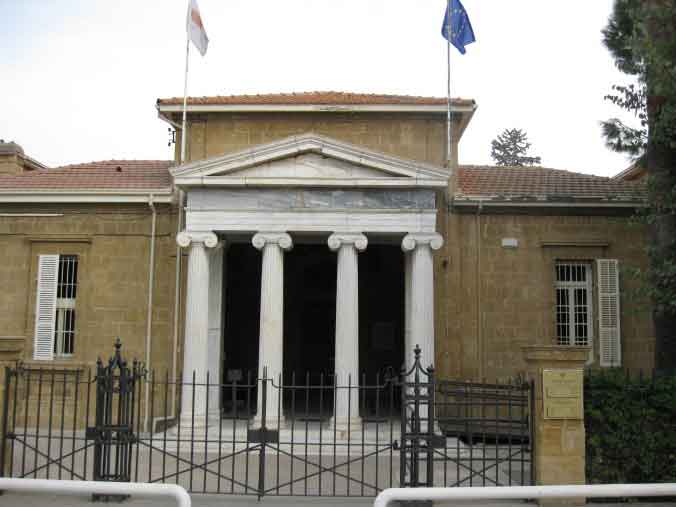
The Cyprus Archaeological Museum has a huge collection of important archaeological findings.

The Cathedral was built in 1662 by Archbishop Nikiforos on the site of an earlier building. Since the 18th century the Cathedral has been the place where all Archbishops of Cyprus are consecrated.

The capital city is surrounded by sturdy 16th century stone walls built by the Venetians to replace the inadequate medieval walls they inherited. Despite being considered a great example of military defence of the era, they proved to be practically useless: The Ottomans overran the city before the construction could be completed.
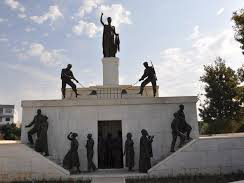
The Liberty Monument is on the Podocatro Bastion of the city walls, close to the old aqueduct and within walking distance of the Famagusta Gate. It was erected in 1973 to commemorate the release from prison in 1959 of EOKA fighters. The monument portrays two EOKA heroes tugging on chains in order to open prison gates and release Greek Cypriot prisoners, peasants and clergy, from British colonial rule.
The Famagusta Gate is one of the most interesting attractions. The Venetian walls which completely encircle the old city have eleven heart-shaped bastions (which gives them the shape of a hand grenade). There were only three gates to the city in the north, south and east and one of these gates, the Porta Giuliana called Famagusta Gate, has been restored and is now the Lefkosia Municipal Cultural Centre. One of the most typical quarters of the town close to Famagusta gate is also being restored.
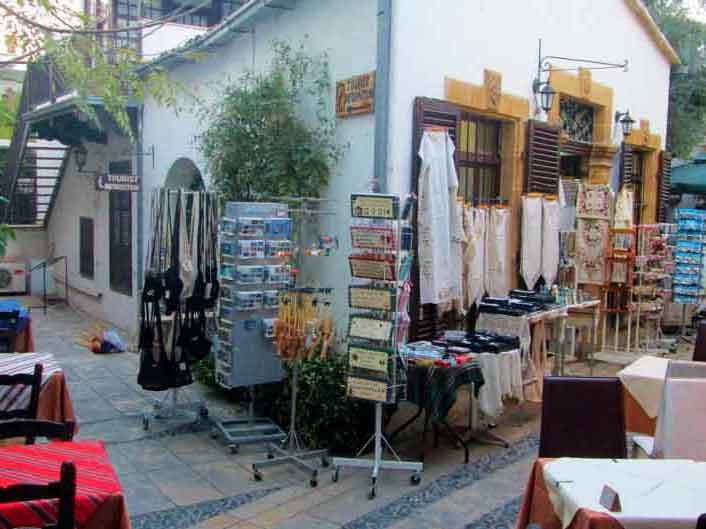
Laiki Geitonia is a traditional neighbourhood in the pedestrian area of the 'walled city' of Nicosia, opposite the D'Avila moat and 0.3 km from Eleftheria square. Laiki Geitonia contains restorated houses that are examples of traditional Cypriot urban architecture. The buildings date from the end of the 18th Century, with building materials being mainly wood, sandstone and mudbrick. It is a pedestrianised area of narrow winding streets, combining residential houses with craft shops, souvenir shops and tavernas.
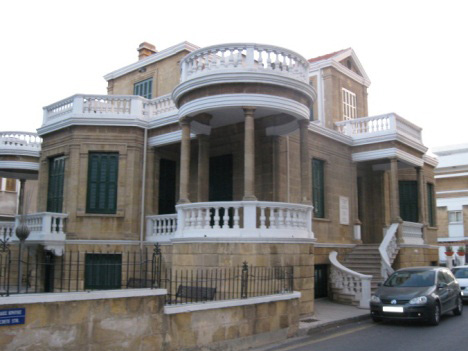
Collection of paintings and sculpture by 20th century Cypriot artists is housed in a restored building.
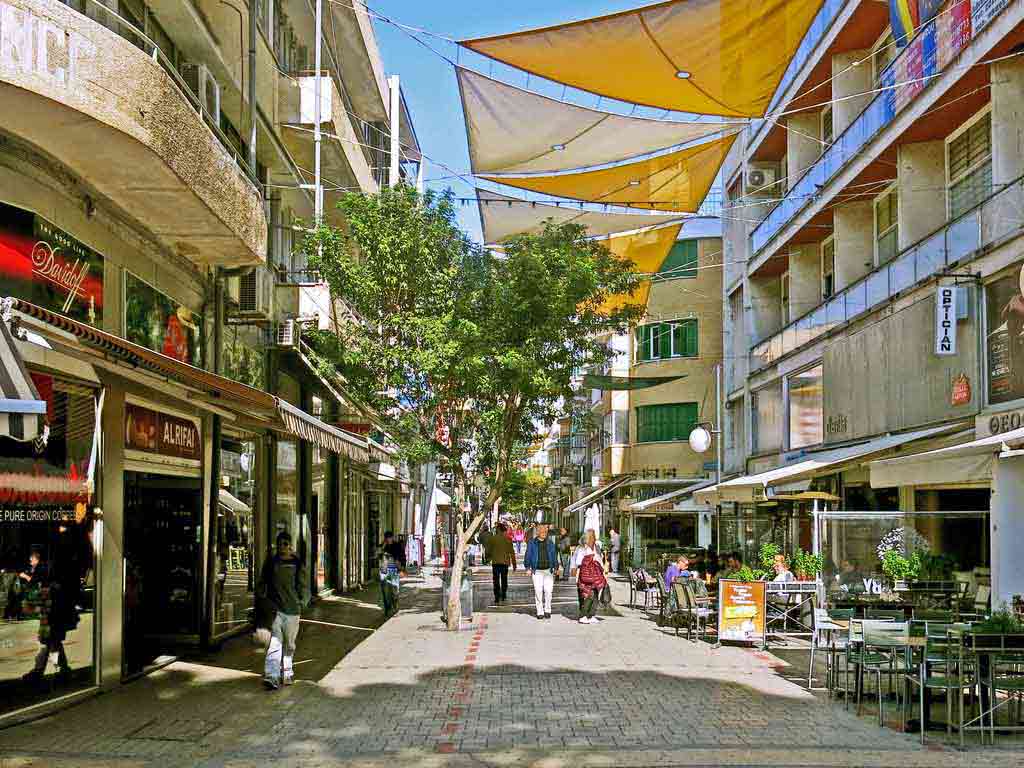
This is a paved pedestrian way with shops and restaurants and starts at Eleftheria Square; it is one of the busiest shopping centers of the city.